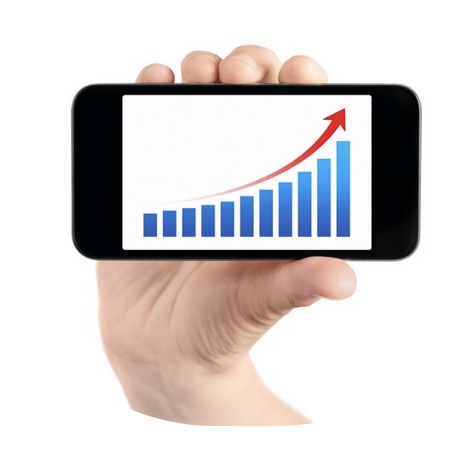
As cellular technologies grow, so does our need for content and therefore, our consumption of data. According to a recent report from Ericsson, average mobile data usage is over 10GB per month. Ericsson attributes this increase by only two factors.
Mobile data is more readily available and since most users are on cell phones usage is higher than on fixed broadband services.
The amount of mobile broadband routers have also risen. Think about all the people who had to start working from home. Those in more rural areas found a sudden need for a stable connection with high bandwidth, but no access to wired services. LTE Advanced and 5G technology have made this more possible. Sure, there are battery powered mobile hotspots, but they generally don’t have the power, nor the features to support everything a work-from-home employee requires.
It’s easy to rack up data on your cellular connection using a mobile broadband router compared to your cell phone. No longer is it just you browsing the web or making video calls, but now everyone in your home or office is using the same connection. The report – Ericsson’s Mobility Report – shows mobile data usage hit 11GB per month in both the US and Western Europe.
Also something to note, according to a study by Pew Research, some 15% of US adults are now mobile-only internet users – meaning they don’t have a home broadband connection, but instead rely solely on their smartphone. Smartphone ownership has increased to 85%, up from 81% in 2019.
If this trend continues, the monthly global average usage per smartphone is forecast could reach 35GB by the end of 2026. Smartphones continue to be at the epicenter of this development as they generate most of the mobile data traffic – about 95 percent – today, a share that is projected to increase throughout the forecast period.

